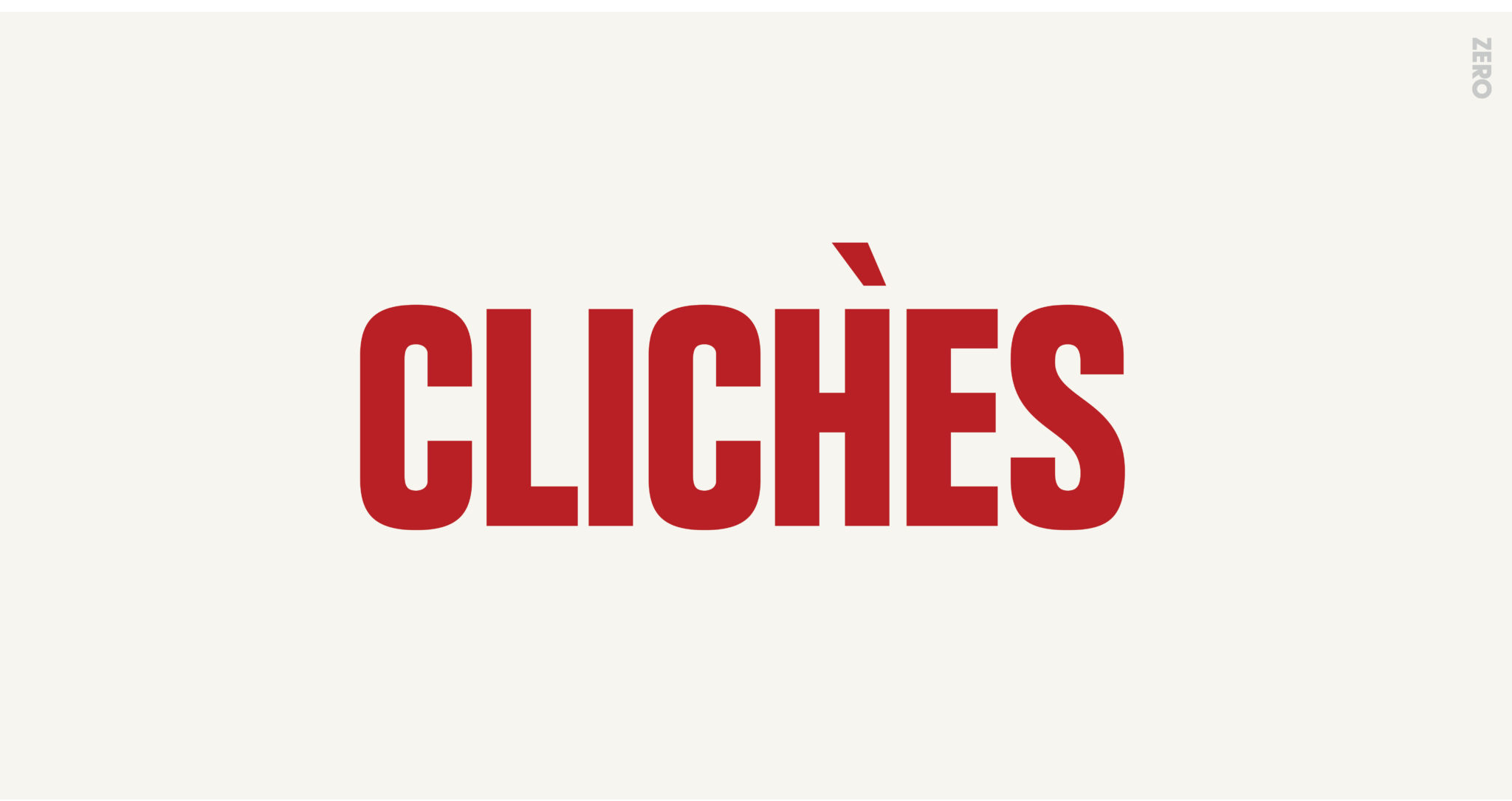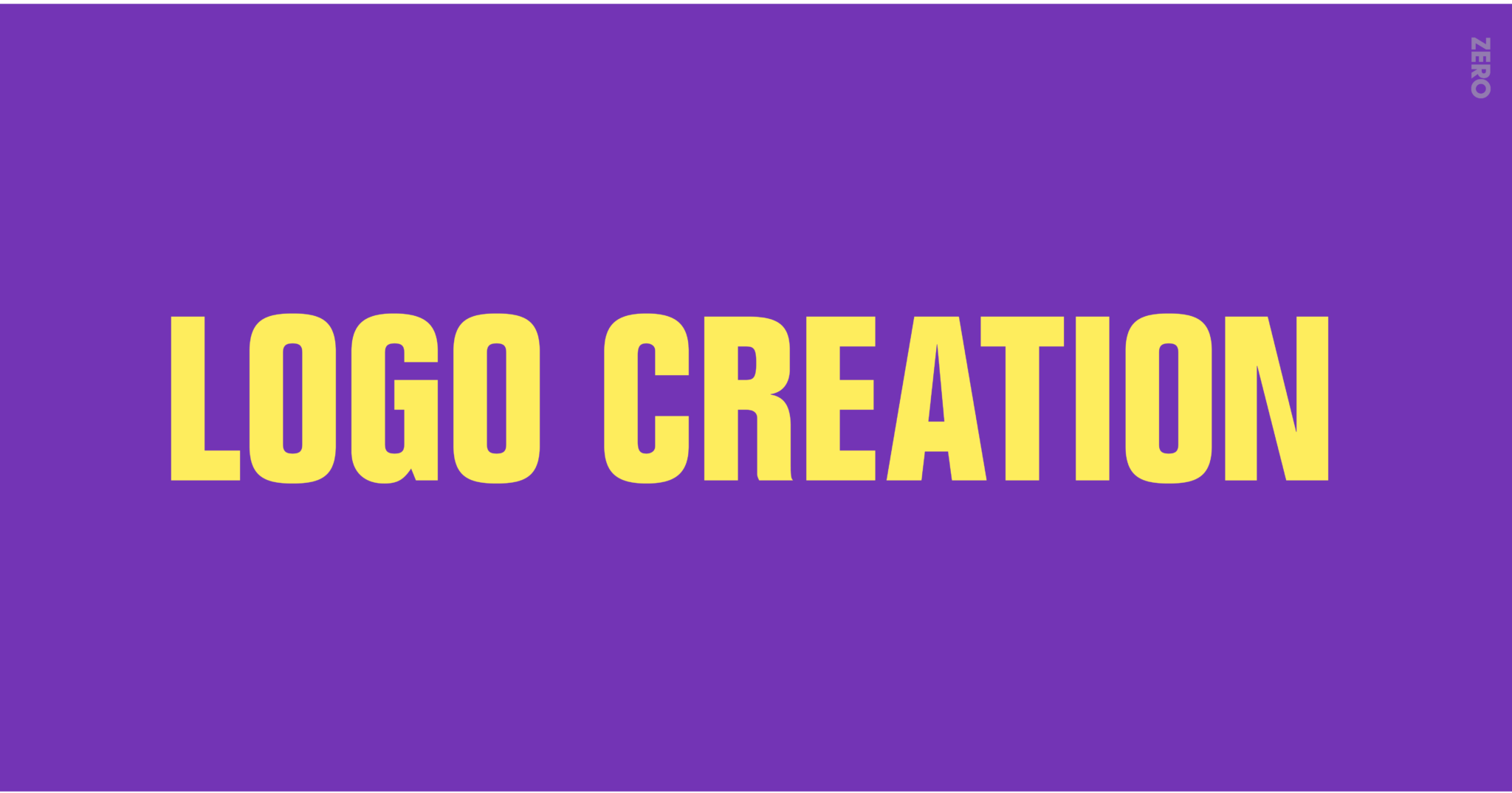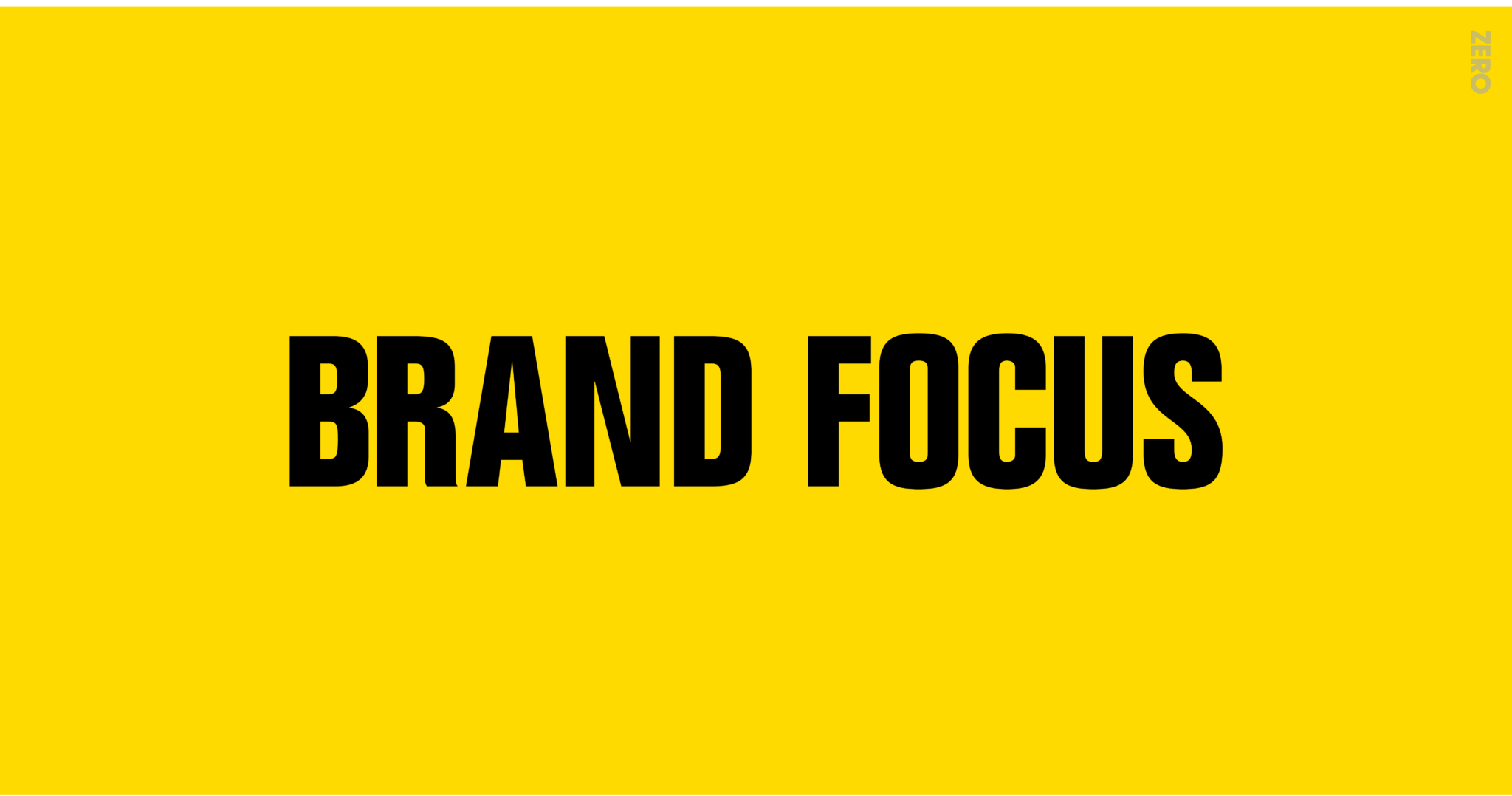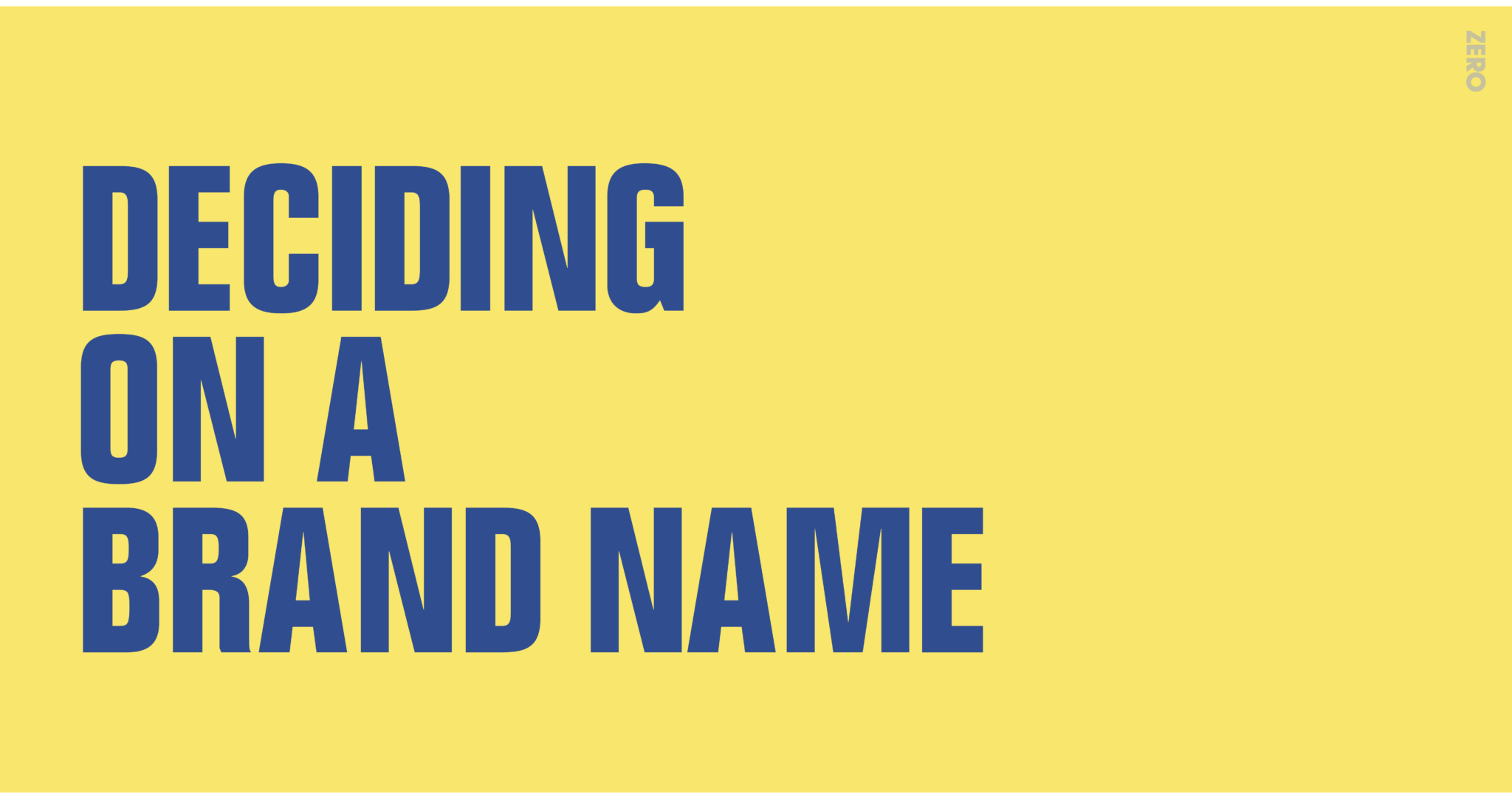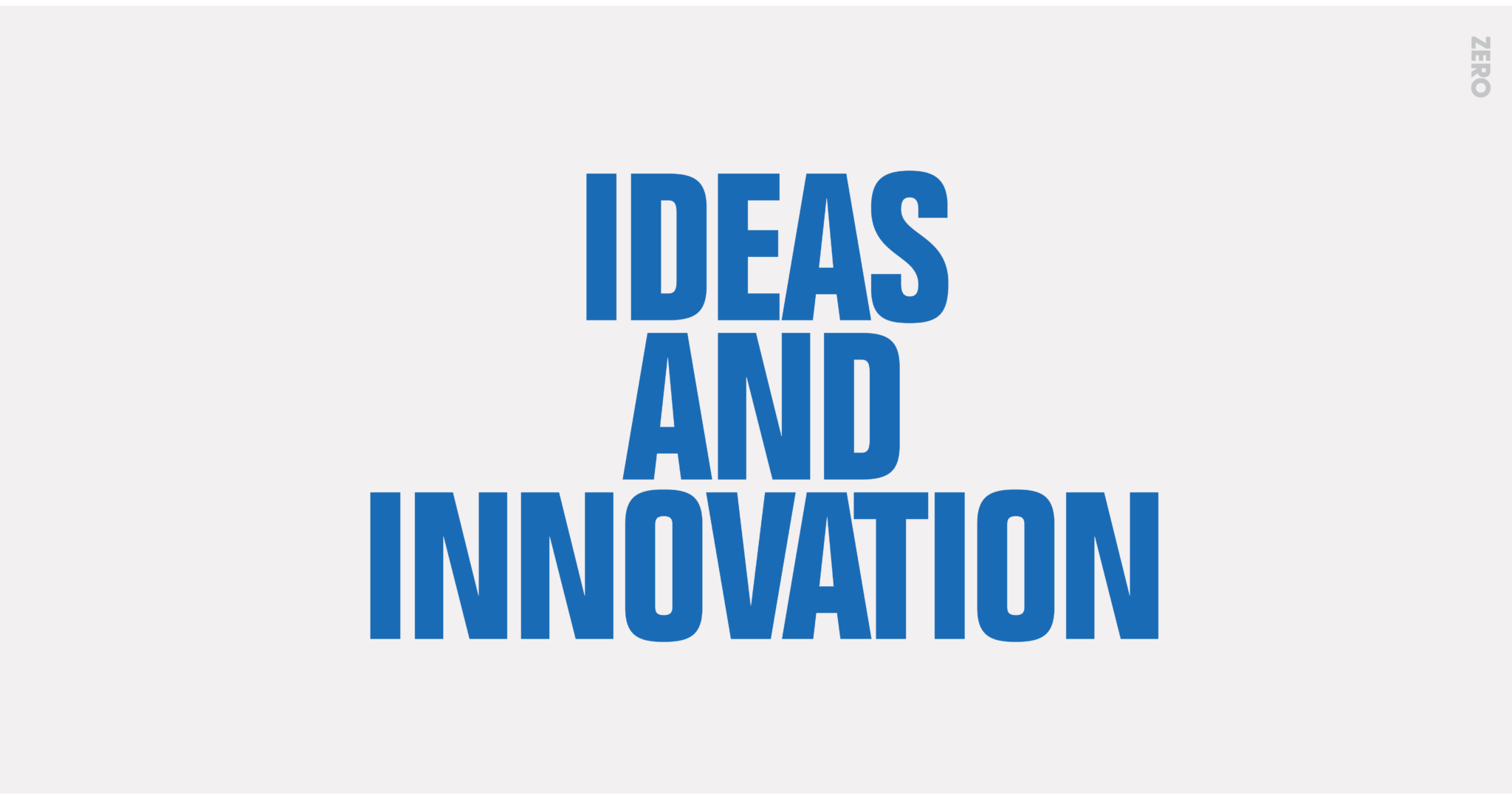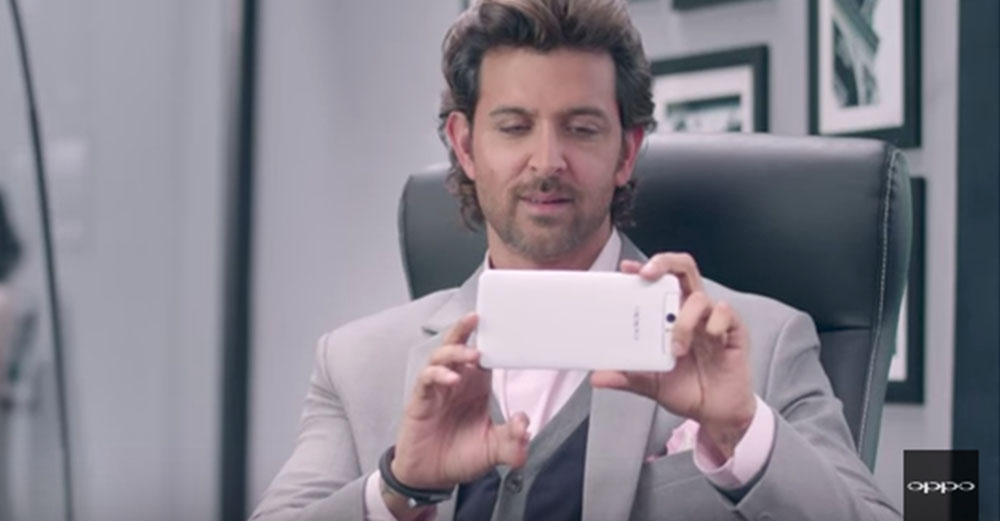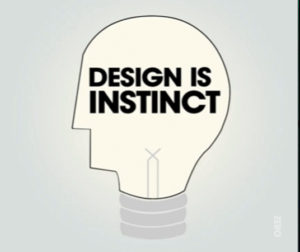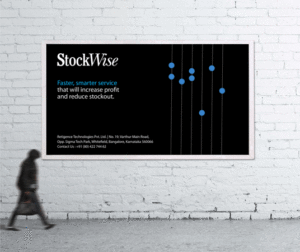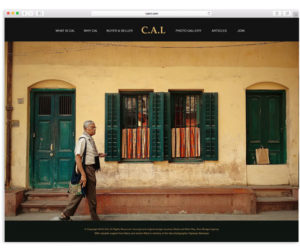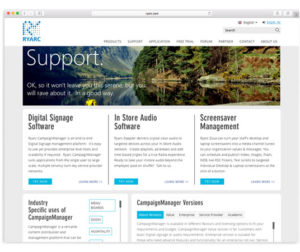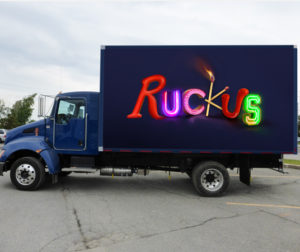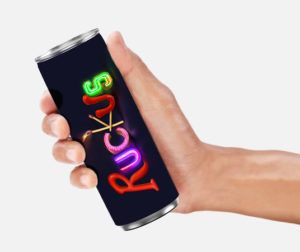Html validation heading
Although not one of it’s first, but Apple has officially launched it’s Instagram account on August 7th 2017.
The once social media shy company, Apple finally succumbed to leveraging this marketing giant and decided to hop on the bandwagon like everyone else.
Extending it’s ‘Shot on Iphone’ campaign, Apple created posts, videos and Instagram Stories around this.
Encouraging users to post pictures with the #shotoniphone.
Brands have been using storytelling for a long time. Here is why brands use storytelling as part of their marketing strategy:
1. It gives the brand more personality. Making it more real. More relatable to the customer. Once a customer bonds with the brand it would be difficult for him/her to change.
2. It connects with the client on a more emotional level. It becomes memorable.
3. Clients would want to keep returning to the product, to see or experience more stories.
Sometimes cliché ideas and simple ideas are mistaken to be the same. In fact they couldn’t be more different. Cliché ideas are those that are over used a million times. Those that are repeated time and again. Simple ideas need not be cliched. They can be good simple ideas as well. But cliché ideas are once good ideas rendered bad due to the fact that they’ve been overused.
We put together a short video so you get a flavour of who we are.
What we stand for.
How we work.
Build your website with us.
Ah, the logo designing process.
Yes, it’s a process. But, how long it takes to get that finalised (approved) logo.
Logo creation doesn’t happen overnight. Designers work on the idea in 360 degree pattern, takes time of trial & error, working with typography, fonts and colours. There are many designs and final “drafts” that designers never show to client, as they only choose the best of the bunch.
After talking to designers, logo designing process goes like this:
Phase 1 – The first conversation
The phase is the foundation of the logo idealisation process. When the meeting with the client, designers must make sure about their requirements, what their design needs are, and what their business goals are. Logo design experts start imagining the design based on the client’s conversation and their usage of the words. In this case a notepad is the best gift. It eventually helps the words turn to images and then into the brand logo.
Also, sometimes, client may not be able to verbalise the exact thought what they envisioned for the logo, so, designers must ask pertinent questions that should help the client pass on any applicable information.
Phase 2 – Research, research, research
Once the designers have enough information, they must delve deeper into the research stage. As a professional freelancer or a lead designer handling a team, research need to be done based on a number of factors. Sometimes, designers must research on the company’s market statistics, competitors to know in-depth of what the company represents and stands for.
Phase 3 – Brainstorming and conceptualisation
During this phase, identifying the right keywords related to the company product or service should be a common practice in the creative process. Designers must work in and around the logo design need based on the company’s geographical location, culture or the demographics that the company is targeting to. Designers must work on trial & error process regarding colours, shapes , calligraphy, font size and lot more.
The designers will evaluate the clients brand and create an original logo that speaks to its core identity. There are several logo styles that can be used such as Wordmark (Text), Lettermark (Initials), Brandmark (Symbol or Icon), Combination Mark (Text and Symbol), Emblem (Text Inside Symbol)
Phase 4 – Here comes the draft production
Once the sufficient information is received, the draft production begins. The digital design is usually implemented using design software told such as Adobe Illustrator( the most popular), Corel Draw, Photoshop, InDesign.
The best sketched design picks will be recreates on the computer,With the addition of colour , font size and using trials & error process again, the design will be tweaked until it gets the actual client’s representation look.
Phase 5 – The feedback time
Now that designers have created a good number of options, the most effective choices are presented to the client for consideration. Generally, a good submission practice is to give a written description along with the logo design. In this way, the client will have the overall picture and it helps them to compare with their vision that they had for the design. After they received the collateral, the client will respond with the notes. Then the designer will take the client’s feedback and make changes accordingly. Again, the improved version is again presented to the client. This stage will continue until the client approves the design.
Step 7: Finalisation
Now that the design is approved, the designer will send he logo design in various file formats that can be used for various marketing collateral outputs. whether it is for the website or for the campaign banners, the important file type includes WPS, JPEG and sometimes TIF in certain circumstances.
Upon the delivery of the final files, the designer will continue working with the client to create a full brand identity system using the new logo.
Conclusion
Designing a logo is a time-consuming project with many phases of development required the produces the final product. The more the designer is aligned with the client’s requirements, the more successful will be the final design. When the process is implemented, the result logo design will be the asset to the company’s marketing efforts.
By Guest Blogger~ Veena Bhargavi Rallabhandy
Check her out at https://designpsych.in
What and why is it important to be a focussed brand.
A brand that tries to please everyone and lacks having a main focus is starkly different from one that stands for something. That knows exactly why it is wanted by people. Most brands should meticulously choose what they want their main focus to be even if it means giving up on something. It’s always better to be the number one in your niche than having to settle for being the second or third in a broader category. That way you can charge a premium for your special selling point.
While choosing a good brand name there are a couple of things creative agencies should keep in mind. The names we choose should have the following characteristics:
1. They should be concise and easy to remember. Long names generally have the tendency to be abbreviated into non communicating initials.
2. It should be easy to spell and to pronounce.
3. It should be likeable.
4. It should be differentiable. Able to stand apart from the crowd.
5. It should be able to be trademarked and not an extension of something that pre exists.
Most advertising agencies have tried at some point to be innovative.
For an idea to be innovative, risks have to taken. It is natural for people to shy away from doing anything stupid or appear stupid, This hinders innovation. But once freed from this fear, some good ideas and innovations appear. Those who have enough guts to be different stand out. Humour surprises people, especially self deprecating humour. Humour is necessary for innovative ideas.
Being a communications agency we tend to be critical. Specially of TVC’s. The Oppo Mobile N1 advertisement, featuring Hrithik Roshan and Sonam Kapoor, done by Karishma Lintas India, in my eyes was a disaster of an advertisement. Though it might have got a lot of views on YouTube. The characters portrayed might have been friends since childhood. It looks like Hrithik is promoting the act of stalking. It encourages the men of our country to go ahead and snap pictures of women without their permission. Towards the end, it shows that women should naturally be okay with someone randomly taking their pictures without permission, without batting an eye like the way Sonam Kapoor does in the advertisement.



